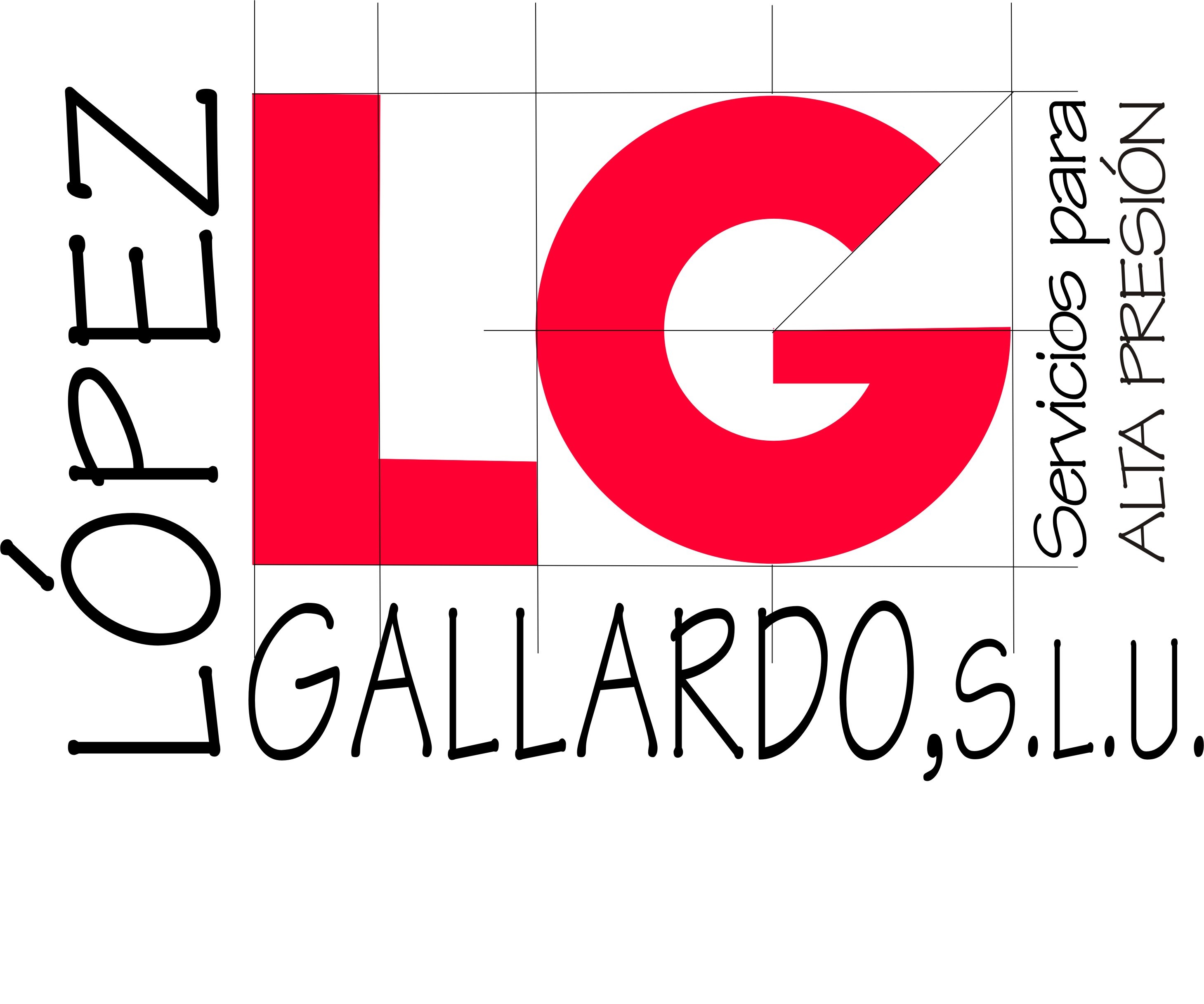Sin categoría
What Are Enterprise Management Systems?
Enterprise management systems are big software packages that track and manage complex business operations. These systems can automate certain business processes and simplify reporting preparation, aswell to facilitate collaboration between teams regardless of their physical locations. They can also enhance relationships between customers and businesses by reducing the time it takes to service them. This will make customers more satisfied.
Enterprise systems are platforms that integrate finance, sales and human resources and inventory, as well as other important functions. This helps companies manage international trade with customers, partners contractors, suppliers and customers with greater ease by providing immediate data intelligence that allows the business to make decisions on the basis of accurate data. These systems can be cloud-based, allowing employees to access them at any time, regardless of their location or device.
Many people utilize the term enterprise management systems to refer to Enterprise Resource Planning (ERP) There are however some fundamental differences between these two products. EMS includes ERP as a part of the package, but it focuses more on critical business functions, such as sales, accounting and HR. It combines all of these systems in one place that allows users to review expenses, production or customer satisfaction by a couple of mouse clicks.
EMS can also aid in compliance and record-keeping, which is the reason it is often used in conjunction with IT service management (ITSM) systems, since they are designed to handle the high quantity of IT requests that employees often submit through portals or apps, such as requests for new laptops or password resets. This software allows you to provide these services in the most efficient way possible while keeping the information which employees have accessed under lock and key to avoid theft.
https://dataroomsource.info/data-room-activities-procedures

